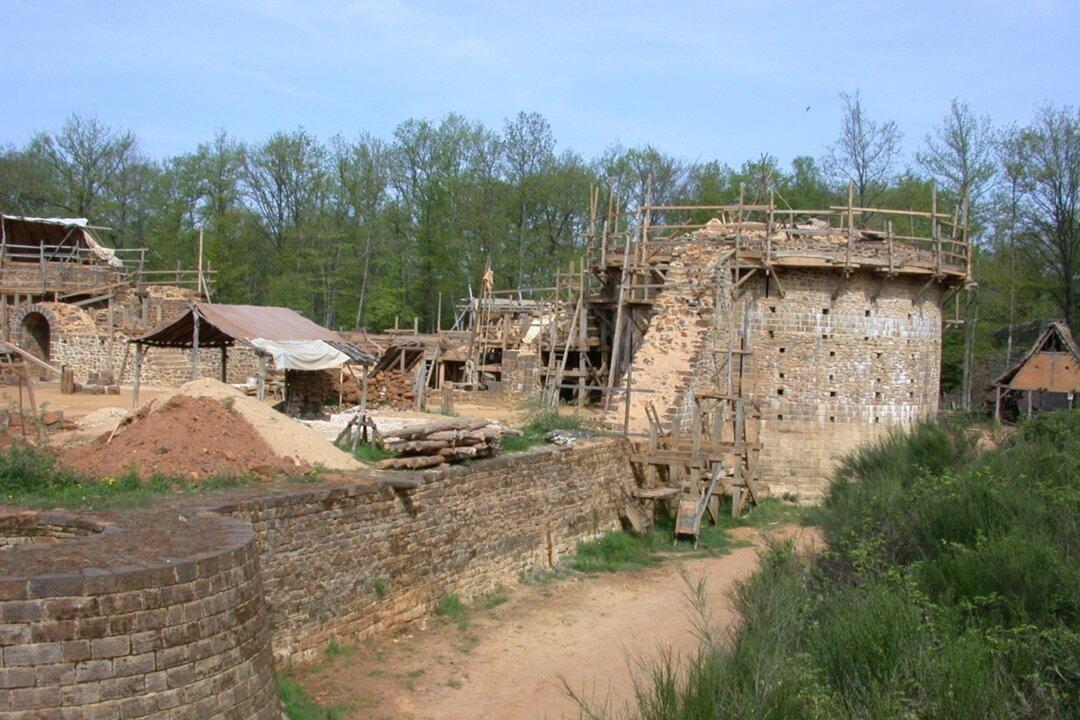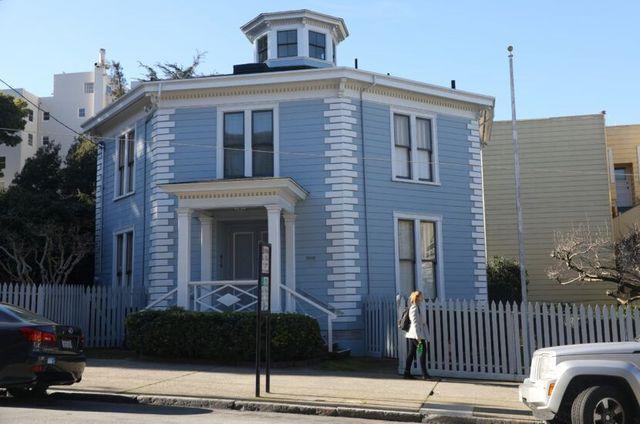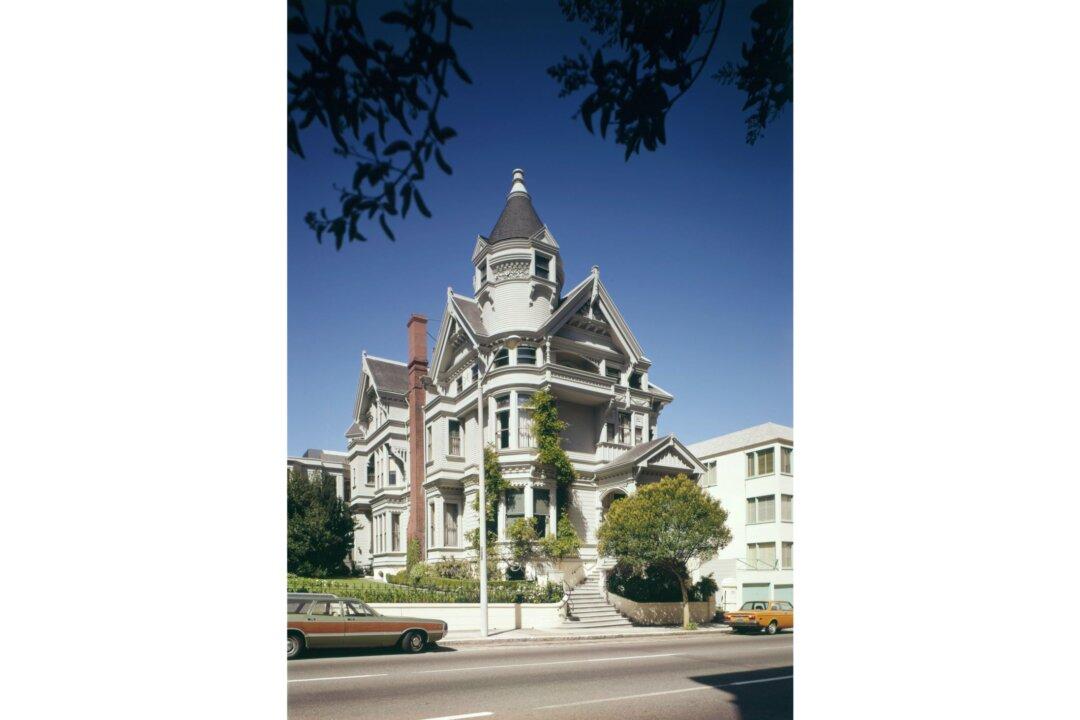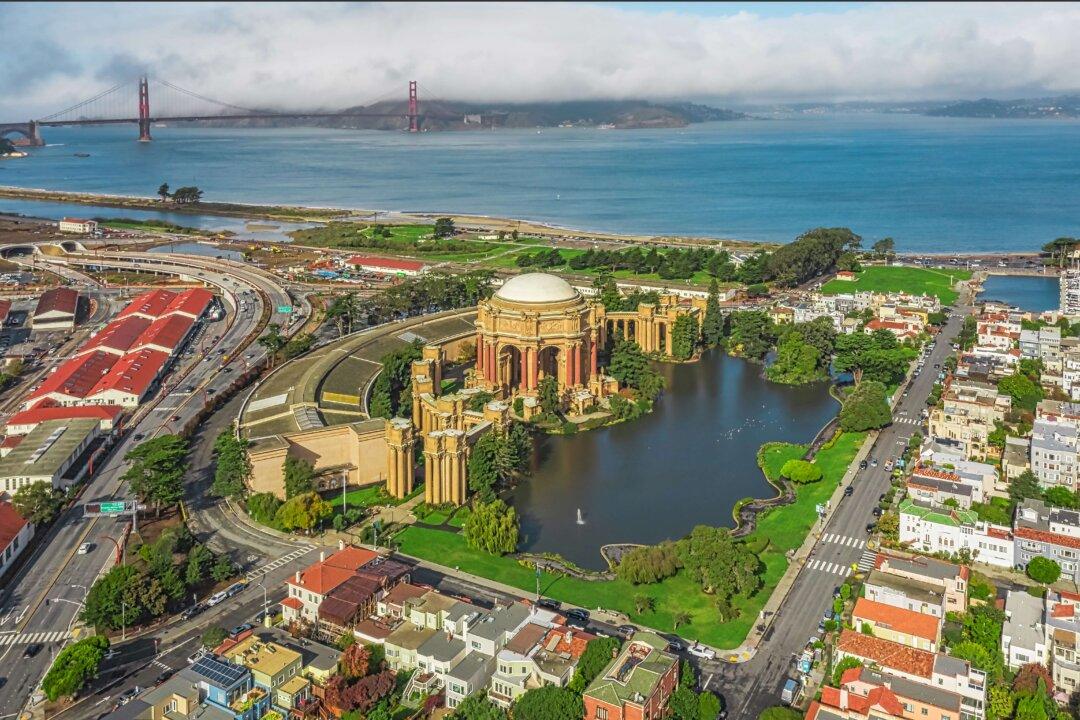GUEDELON, France—Castles in medieval times dominated the village landscape. If a castle was to be built, villages would spring up near the site, populated by craftsmen and their families. A forest, a quarry, and earth with layers of clay were necessary to provide the materials to build.
One man launched a project to help us understand how a medieval castle was built: He called his project Guédelon.





